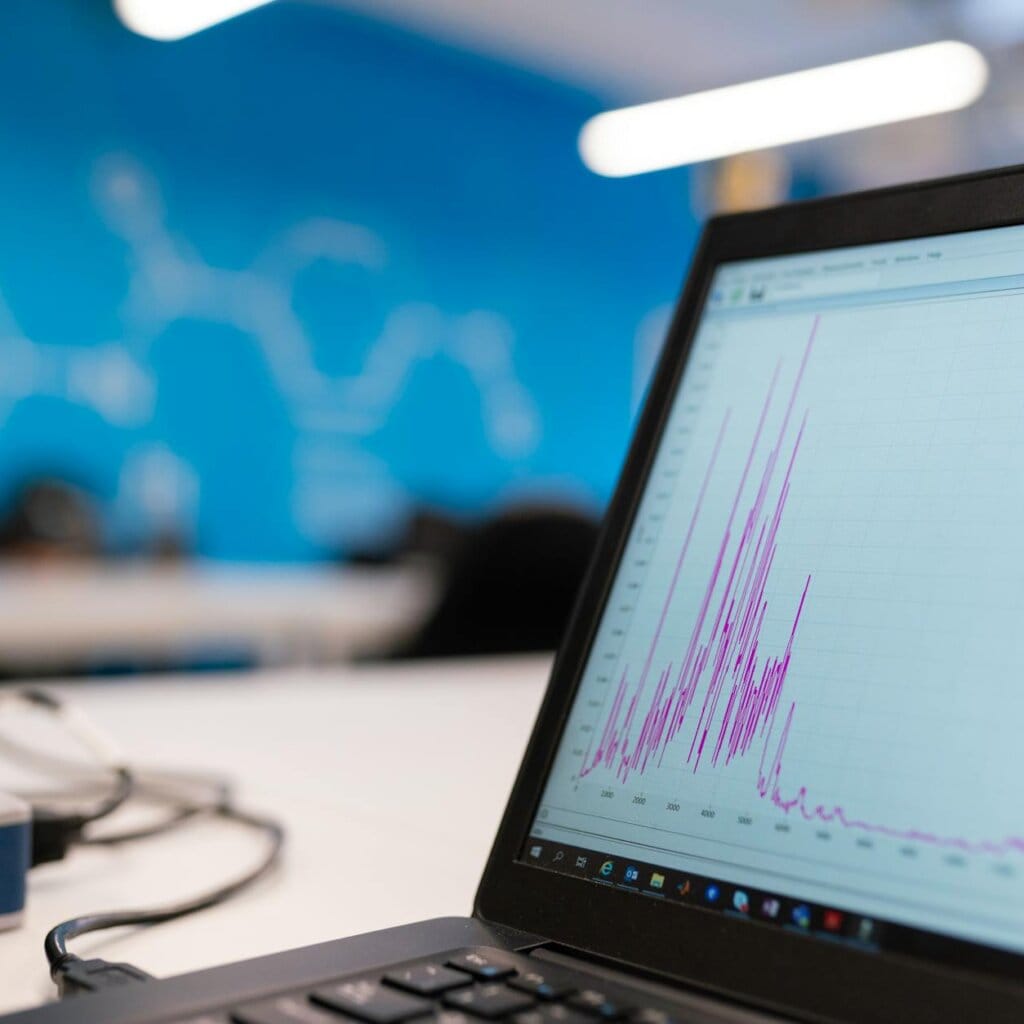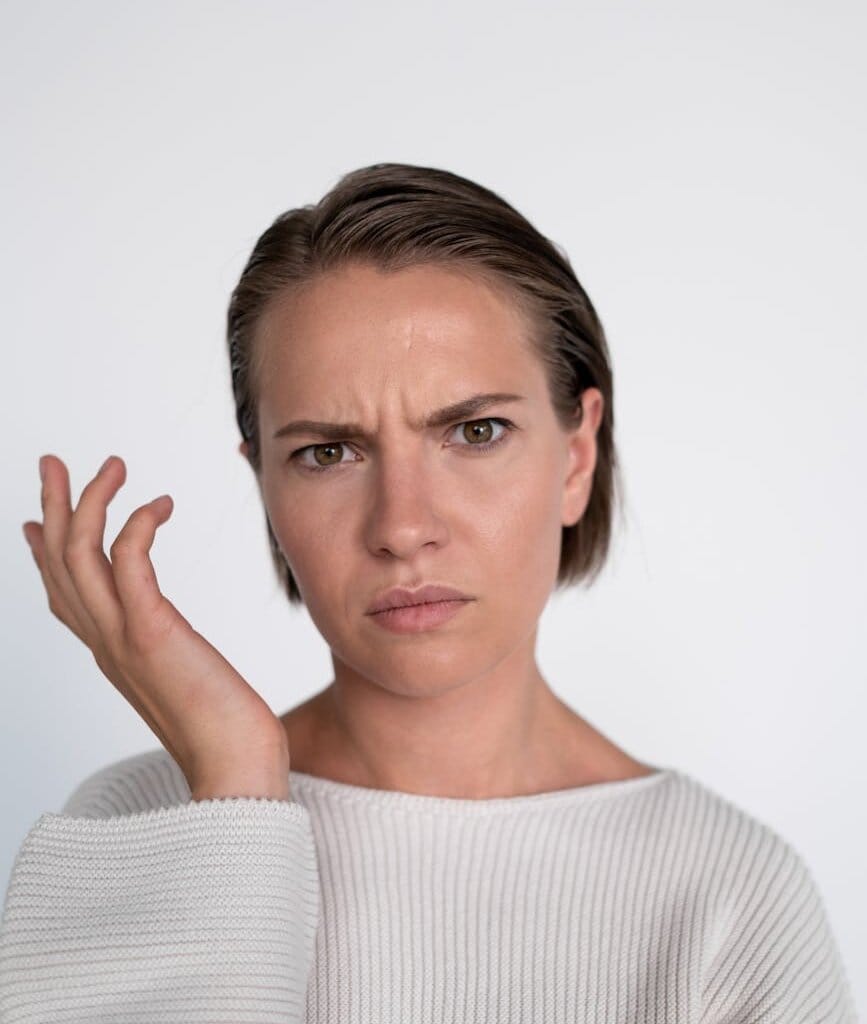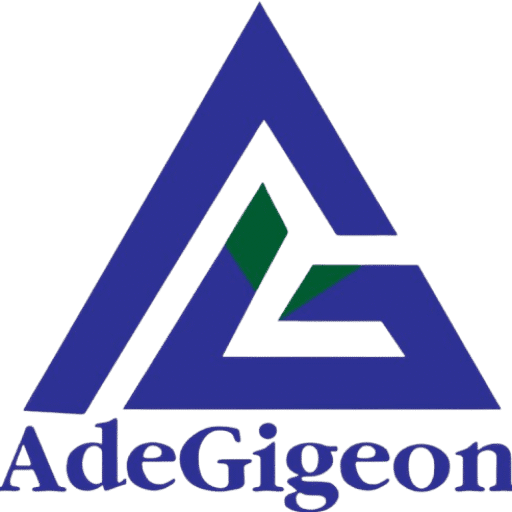Ever felt like your ads are everywhere — Facebook, Google, YouTube — but somehow not working together? You’re not alone. Many e-commerce founders and education providers struggle to get consistent results across multiple channels. That’s where Performance Max Ads come in.
Performance Max (or PMax) is Google’s AI-driven campaign type that helps you reach customers across all of Google’s platforms — Search, Display, YouTube, Discover, Maps, and Gmail — using a single campaign. It’s designed to make advertising simpler, smarter, and more profitable.
In this guide, we’ll unpack what Performance Max Ads really are, how they work, and how they can transform your digital marketing results — especially if you’re in e-commerce, fashion, or education. We’ll also show how combining PMax with SEO and Meta Ads can give your brand the visibility and conversions it deserves.

What Are Performance Max Ads?

Performance Max Ads are Google’s all-in-one campaign solution that uses automation and machine learning to deliver your ads across Google’s entire network. Instead of setting up separate Search, Display, YouTube, and Shopping campaigns, you create one campaign — and Google automatically finds your ideal customers wherever they are.
Think of it like hiring a digital assistant who tests, learns, and optimizes your ads 24/7 to get you the best possible results.
How Performance Max Works (Without the Tech Overload)

When you set up a PMax campaign, you provide:
- Your goals (like sales, leads, or sign-ups)
- Creative assets (images, headlines, videos, and descriptions)
- Audience signals (hints about your ideal customers)
Google then uses this data — plus real-time signals like location, intent, and browsing behavior — to deliver the right ad to the right person at the right moment.
Over time, it learns what works best and automatically shifts your budget toward the most profitable placements.
Why It Matters for E-Commerce & Fashion Brands

If you run an online store or fashion brand, your biggest challenges probably sound like this:
- “I’m getting clicks, but not enough sales.”
- “My ads work one week and flop the next.”
- “I can’t keep track of all my campaigns.”
Performance Max solves this by unifying your campaigns and optimizing them toward sales — not just clicks.
Here’s what that looks like in practice:
1. Smarter product visibility
PMax connects directly to your product feed (if you use Google Merchant Center), automatically showing your items to people actively searching or browsing related products.
2. Real-time optimization
Instead of manually adjusting bids or budgets, Google’s AI reallocates spend to the channels bringing in the best results — like shifting from YouTube awareness ads to Shopping ads if those are converting better.
3. Seamless cross-channel reach
Your audience sees your brand across multiple touchpoints — maybe they first see your bag ad on YouTube, then a carousel of your bestsellers on Google Search, and finally a reminder ad on Gmail.
For fashion brands, this multi-touch approach drives both immediate purchases and long-term brand recognition.
Why Education Providers Should Pay Attention Too

For schools and course creators, PMax offers an efficient way to fill seats without juggling multiple campaigns.
Here’s how it helps:
- Target parents or students wherever they are — whether browsing YouTube videos, searching “best schools near me,” or checking Gmail promotions.
- Use your own data — like email lists or past enquiries — to help Google find similar prospects (lookalike targeting).
- Track enrollments more effectively by linking conversion data, so you know which clicks actually lead to real admissions.
Imagine you run a private school in Lagos or Nairobi. With Performance Max, you can run one campaign that simultaneously shows your video tour on YouTube, your admission link in Google Search, and your testimonials on Display banners — all optimized toward actual form submissions or calls.
The Power Combo: SEO + Google Ads + Meta Ads

While Performance Max is powerful on its own, pairing it with SEO and Meta Ads gives your brand a complete marketing ecosystem.
Here’s why:
- SEO builds long-term visibility. When people search for your brand after seeing your ads, your site appears naturally on Google, building trust and authority.
- Google Ads (including PMax) capture high-intent buyers ready to act now.
- Meta Ads (Facebook/Instagram) keep your brand top-of-mind through visual storytelling and retargeting.
Example scenario:
A fashion boutique runs Meta Ads showcasing new collections, bringing awareness. PMax then captures those same users when they later search “buy designer bags in Lagos.” SEO ensures the boutique ranks organically for related terms like “custom party bags” — creating a full-funnel strategy that drives repeat customers.
Common Pain Points Performance Max Solves

1. Low visibility or traffic
Your ads automatically appear where your customers spend time, instead of guessing which channel works best.
2. High ad spend with poor results
Google’s AI identifies patterns faster than manual optimization, cutting wasted spend and improving ROAS (Return on Ad Spend).
3. Confusing reporting
Instead of juggling multiple dashboards, you get one unified report that shows performance across all Google channels.
4. Slow results from SEO alone
While SEO builds over time, PMax gives you instant visibility and sales momentum while your organic growth kicks in.
When Is the Best Time to Use Performance Max?

The best time to launch a Performance Max campaign is after Google Ads has already gathered enough data to understand your ideal audience and conversion signals.
Start with Search Ads first — they’re more targeted and budget-friendly for building strong conversion data. Aim for at least 30 conversions before scaling with Performance Max. This helps Google’s AI clearly identify the type of users who convert, so your PMax campaign can optimize effectively across all channels (Search, Display, YouTube, Discover, and Gmail).
Think of it this way:
Search Ads are like training wheels — they teach the algorithm what success looks like. Once the system learns, Performance Max becomes your all-terrain vehicle — fast, automated, and efficient at scaling results.
Best Practices for Running Performance Max Campaigns

- Start with clear goals.
Define what success looks like — is it sales, leads, or website traffic? This guides the AI’s optimization. - Feed it quality data.
Upload strong creative assets, relevant audience signals, and accurate conversion tracking. The better your inputs, the better your results. - Use custom segments.
Hint Google toward your best customers — for instance, “people who visited my fashion store in the last 30 days” or “students searching for design courses.” - Combine with remarketing.
Use PMax to reach new audiences, while Meta Ads or Display campaigns re-engage past visitors. - Monitor and refine.
Give the algorithm time (2–3 weeks) to learn, then check what’s converting best. Use those insights to update your SEO keywords or Meta Ads creative.
Real-World Example
A fashion e-commerce brand selling handmade bags launched a Performance Max campaign alongside ongoing Meta Ads. Within 6 weeks:
- Website traffic increased by 65%
- Cost per acquisition dropped by 32%
- Sales grew by 40%, driven by better cross-channel attribution
For a training institute, PMax helped boost qualified leads by 50%, as ads reached parents searching for “vocational schools near me” while also running video testimonials on YouTube — all under one campaign.
Final Thoughts
Performance Max Ads aren’t just another Google update — they’re a smarter way to advertise across multiple channels with less guesswork and more results.
For fashion brands, it means turning followers into repeat customers.
For education providers, it means filling classes faster with qualified leads.
When combined with SEO and Meta Ads, you get a powerful growth engine that balances long-term visibility with short-term wins.
Want to dig deeper? Start by checking your current campaigns’ performance or exploring Google’s free PMax overview. And if you’d like expert help aligning your SEO, Meta, and Google Ads into one cohesive strategy, explore our digital marketing services to see how we can help you grow smarter.

Samuel Adebusuyi
Hi, I’m Samuel! I’m an SEO specialist and copywriter with 3 years’ experience turning clicks into customers. I love crafting content that ranks and resonates, helping brands grow their online presence one post at a time.
Frequenty asked questions
1: Is Performance Max better than regular Google Ads?
Performance Max isn’t “better” — it’s broader.
Regular Google Ads (like Search or Display) let you target specific channels manually.
Performance Max combines all Google channels (Search, YouTube, Display, Discover, Gmail, and Maps) into one smart campaign.
If you want full visibility and data-driven automation, PMax is ideal.
If you prefer full control and testing, standard campaigns still have their place
2: How much budget do I need for a Performance Max campaign?
You can start small — even $5–$10 daily works when your conversion tracking and assets are well-optimized.
However, because Performance Max learns over time, giving it at least 2–3 weeks and a consistent budget helps the algorithm stabilize and deliver better results.
Think of it as investing in “learning time” before expecting peak performance.
3: Can I run Performance Max and Meta Ads together?
Absolutely — in fact, they complement each other perfectly.
Use Performance Max to capture people who are actively searching or ready to buy.
Use Meta Ads (Facebook & Instagram) to create awareness, build trust, and retarget users visually.
Together, they cover both discovery and intent, driving stronger results than running either one alone.
Related post

Micro-Influencer Marketing Nigeria
Discover how small Nigerian businesses can leverage Micro-Influencer Marketing Nigeria to connect with the right audience, boost engagement, and drive real sales. Learn practical steps to find local influencers, run effective campaigns, and grow your brand without breaking the bank.

SME Challenges in Nigeria
Discover how Nigerian SMEs in e-commerce, fashion, and education can overcome common growth challenges. With Adegideon’s SEO, Google Ads, and Meta Ads strategies, your business can boost visibility, attract quality leads, and drive predictable sales and enrollments.

Nigerian E-commerce Content Tips
Want your Nigerian e-commerce blog to actually sell? Discover Nigerian E-commerce Content Tips that attract the right audience, boost engagement, and turn readers into paying customers — all while keeping your content fun, relatable, and totally Naija-approved.

